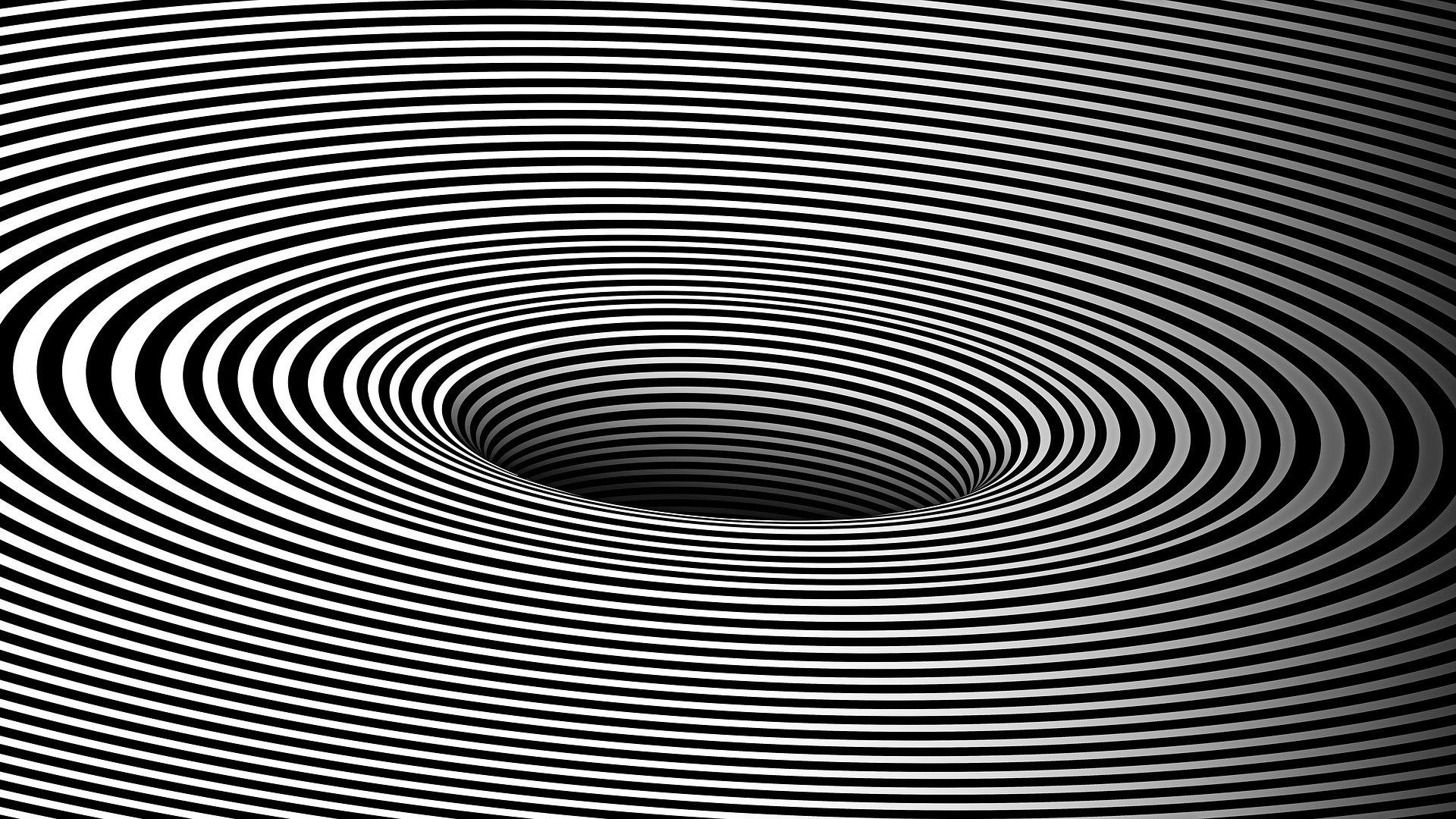A RUDN physicist demonstrated how to describe the shape of any symmetrical wormhole—a black hole that theoretically can be a kind of a portal between any two points in space and time—based on its wave spectrum. The research would help understand the physics of wormholes and better identify their physical characteristics. The article was published in the Physics Letters B journal.
Modern concepts of the universe provide for the existence of wormholes—unusual curvatures in space and time. Physicists imagine a wormhole as a black hole through which one can see a distant point of the universe in four dimensions. Astrophysicists are still unable to determine the shape and sizes of black holes precisely, let alone theoretical wormholes. A RUDN physicist has now demonstrated that the shape of a wormhole can be calculated based on observable physical characteristics.
In practice, physicists can observe only indirect properties of wormholes, such as red shift—a downward shift in the frequency of gravitational waves in the course of moving away from an object. Roman Konoplya, a research assistant from the RUDN Institute of Gravitation and Cosmology, the author of the work, used quantum mechanical and geometrical assumptions and showed that the shape and mass of a wormhole can be calculated based on the red shift value and the range of gravitational waves in high frequencies.
